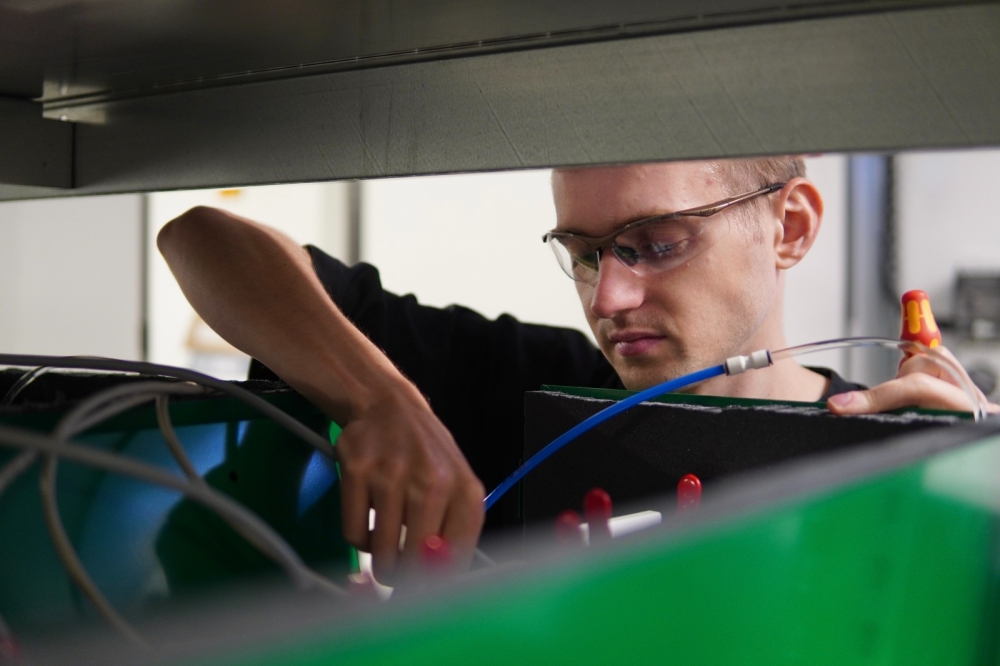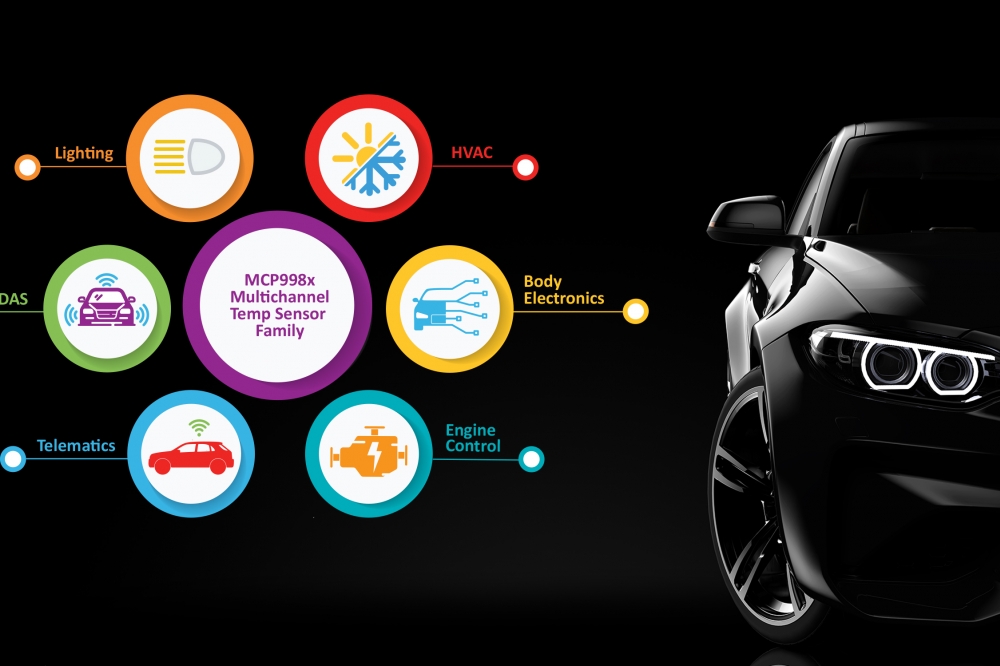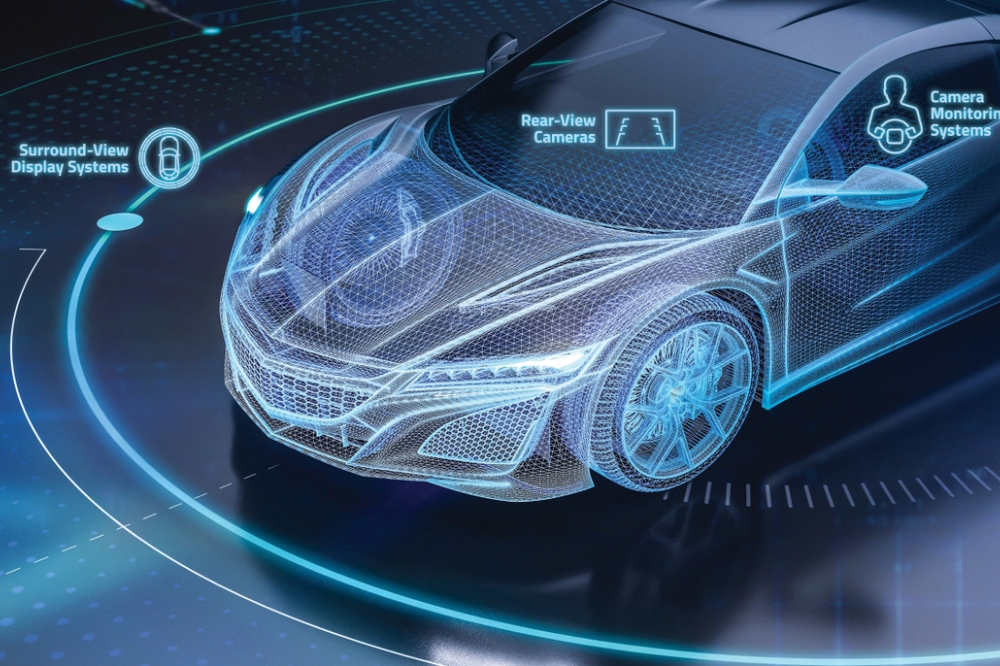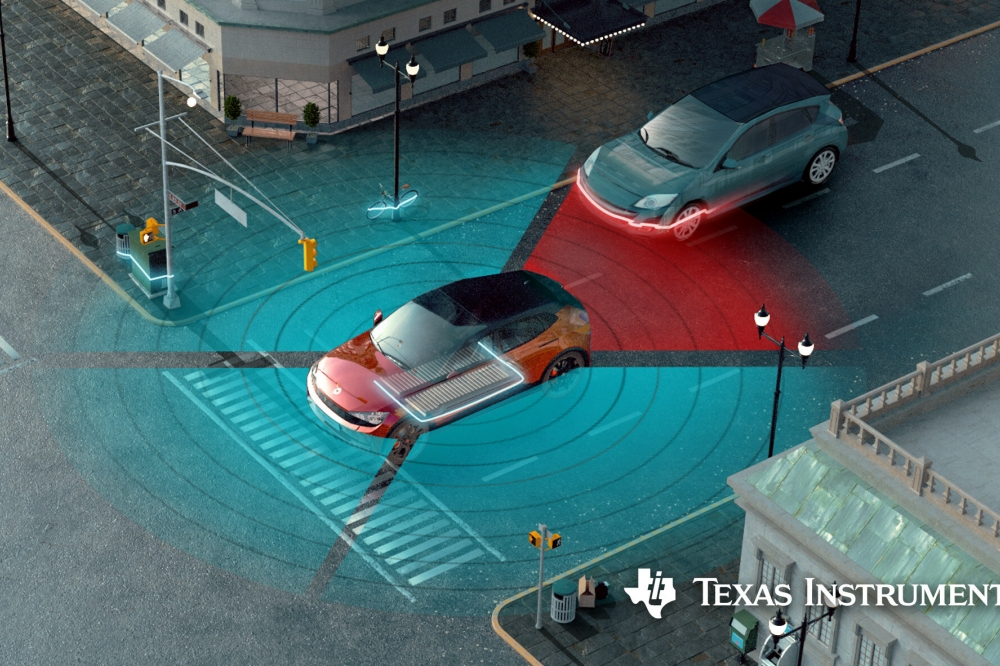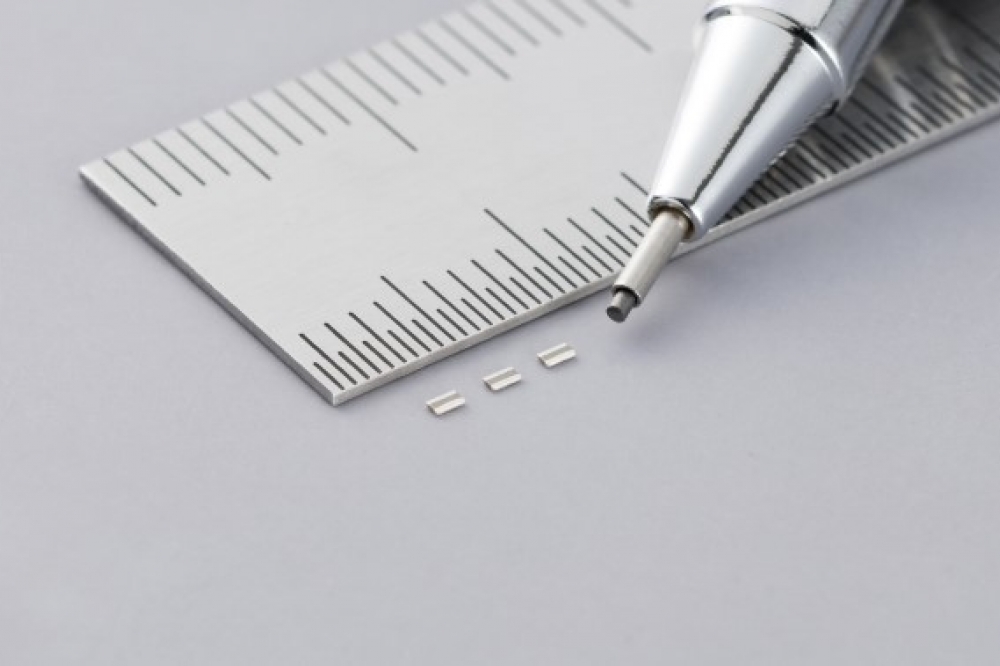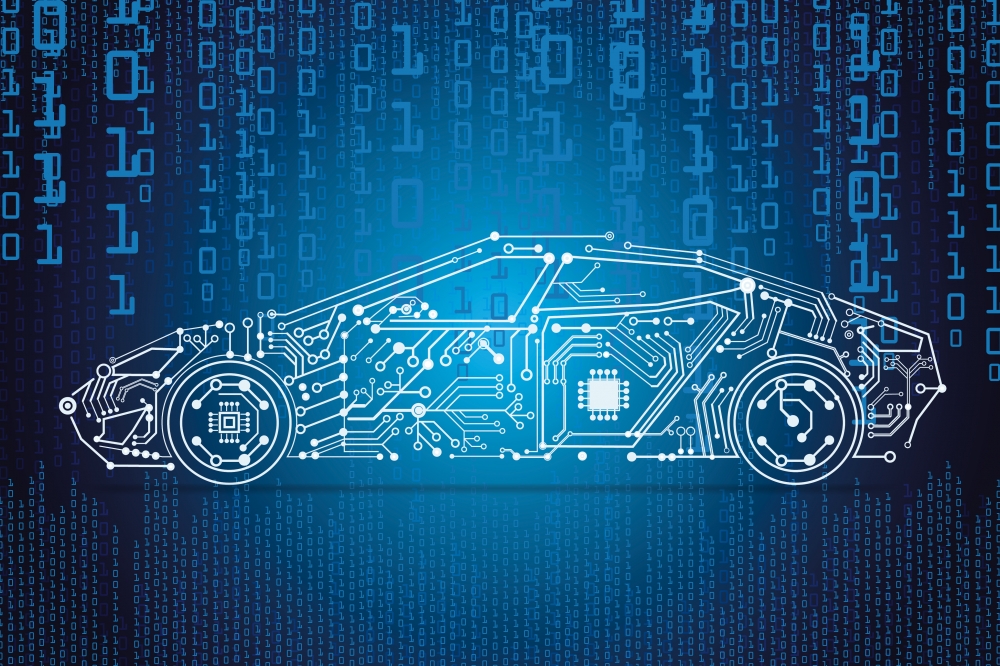Winds of change: What does a pandemic, HS2 and GBR mean for the UK rail network?
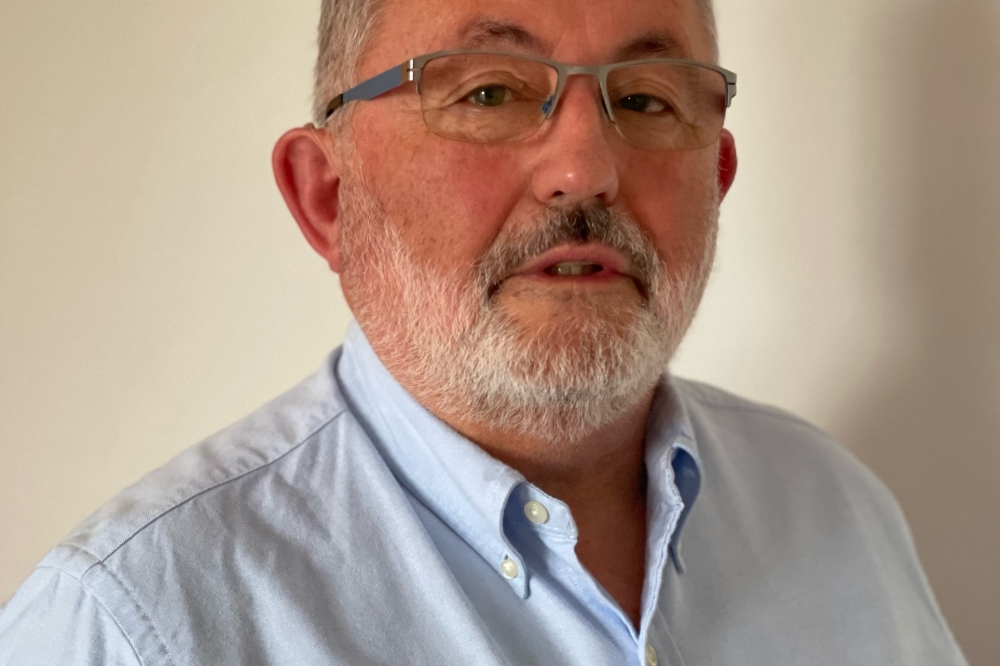
The UK rail network is undergoing huge changes, some planned
and some unexpected. However, it needed to change – overcrowded trains, delays,
cancellations, and operational inefficiencies were all taking their toll. But what
will make a new, refreshed rail network a success under the new GBR umbrella and,
with the urgent need to decarbonise transport systems, a viable, practical
alternative to road haulage?
Positive impacts of the pandemic
The effects of the COVID-19 pandemic have changed travel patterns. Office workers are now used to a hybrid workplace, where commuting to the office everyday is no longer the norm, and this is unlikely to revert. However, this has created breathing space in the timetable with up to one in five trains not in service. Previously, the network was running at full capacity, giving control operators little room for manoeuvre if a train was cancelled or delayed. With services removed from the timetable, there is a better chance of minimising the impact of unscheduled events and more chance for the network to recover quickly, enhancing customer experience.
The reduced number of commuters has also increased seat availability and enabled TOCs to better manage peak times. This presents an opportunity to cascade rolling stock but also means there is a lot of rolling stock just sitting around, creating unnecessary overheads. However, could this too be a benefit?
Decarbonisation
The rail network could contribute a great deal to the country’s decarbonisation efforts. A freight train can carry up to 3,000 tons and take the equivalent load of around 76 HGVs. This would mean fewer lorries on the roads, lower emissions, and benefits to a highly congested road network. But how can the track become a more viable option to road?
HGVs present a particular challenge to decarbonisation strategies. While increasing ‘e-mobility’ is a key target to reduce emissions, the weight of battery required for a long-distance HGV is currently simply too heavy and would have too much impact on the size of load these vehicles could transport. Trains offer a way around this. Some companies are already scooping up the older stock that is just sitting around, updating it with newer technology and creating new logistics solutions. Fitting a diesel engine underneath dual voltage trains creates the flexibility to transport goods into the heart of cities at 100 mph. In the future, these diesel engines could be replaced by new energies such as hydrogen or batteries to meet decarbonisation targets. Indeed, some companies are already using older stock to experiment with these technologies. To support the last stage of transport, hubs could be created close to city centres and smaller, electric power vehicles used to take goods to their final destination. Overall, such a logistics network could be achieved relatively quickly and would have a significant positive impact on national emission levels and air quality around cities.
HS2 the future
Concentrated on the west side of the country, HS2 will reduce journey times to cities such as Liverpool, Leeds and Glasgow and aims to ‘level up’ the country. It will also release capacity on the busy West Coast main line and provide a fast, electric freight route from Liverpool to Felixstowe, freeing up pathways for local urban or inter-urban services. These additional pathways will make rail more attractive and flexible to businesses, including those with time critical cargo, such as supermarkets.
Success will require innovation
The rail network has challenges but, with all the changes and investment, it is also a time of rare opportunity. With the right approach, changes could result in an improved, more reliable, and more efficient network, providing increased freight capacity and flexibility, reduced national carbon footprint, geographical levelling up – and all from a profitable organisation. However, this will only happen with innovation and more efficient management of resources. For example, better data management and analysis has been shown across different industry sectors to be a pathway to greater efficiency. Data is already widely available across the rail network and beyond, but the value it holds is not always captured and it is often kept in disparate, siloed locations. By bringing the data available into a single location and analysing, understanding and learning from it, improvements can be identified and the impact of events causing delays or cancellations minimised. Manual processes can also be replaced and made more efficient and operators armed with the information they need to make better, more informed decisions.
Specialist vendors, including agile and responsive SMEs who are thinking about and investing in the future of rail, offer a great opportunity for the rail sector to cash in on innovation. These smaller players are offering solutions as services, rather than giant, CAPEX-intensive projects, and could provide rail operators with the flexibility and agility they need to capture all the benefits a reformed rail network could offer.
Summary
The rail network is at a pivotal junction. If the right base constituents are put in place, the cost of change could be a relatively minor investment, spread as OPEX. The opportunities are real and, by looking to technology partners that are taking the time to understand and address the unique challenges of the network with innovative, forward-thinking solutions, the rail network could prove to be a winning combination of better customer experience, decarbonisation, and profit.
Original Author of article: Derrick Bilsby, CEO at ITAL
Winds of change: What does a pandemic, HS2 and GBR mean for the UK rail network?
Modified on Wednesday 2nd March 2022
Find all articles related to:
Winds of change: What does a pandemic, HS2 and GBR mean for the UK rail network?


 Add to my Reading List
Add to my Reading List Remove from my Reading List
Remove from my Reading List